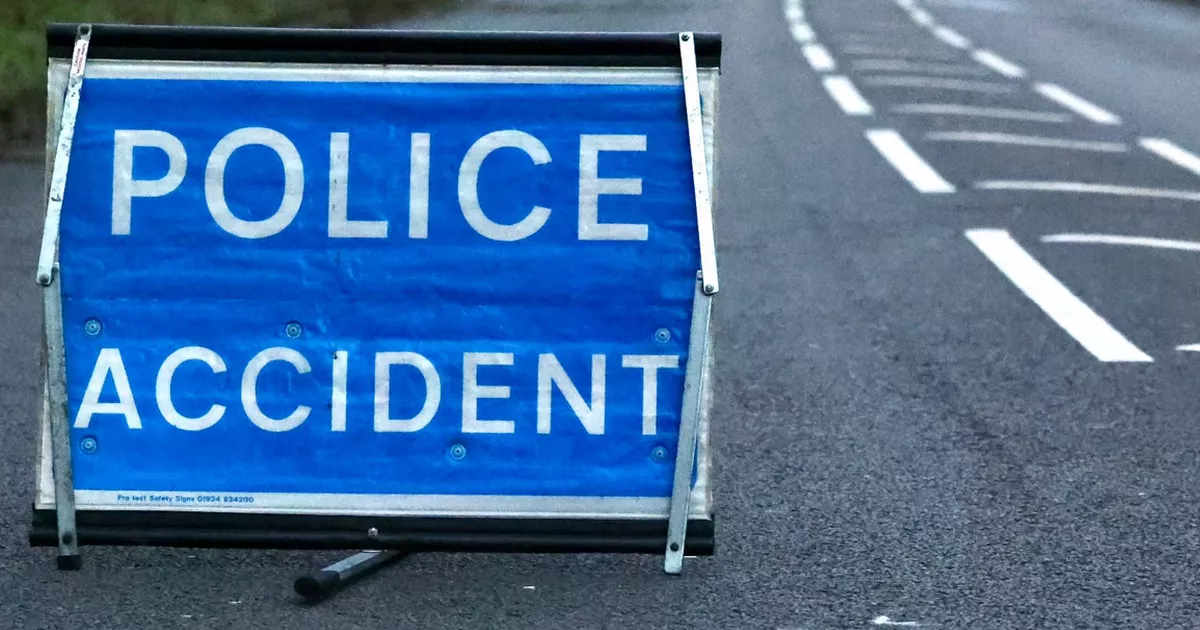The gap between private school fees and state school spending per pupil has more than doubled over the last decade, analysis suggests.
Private school fees have risen by more than 20% after inflation since 2009-10, whilst core state school spending per pupil has fallen by 9% in real terms, according to the Institute for Fiscal Studies (IFS) report.
Average private school fees were around £13,600 in 2020-21 while state school spending per pupil in England was around £7,100 – a gap of around £6,500 or over 90%, the report found.
In 2009-10, average fees in independent schools were around £11,100 and total spending per pupil in the state sector was around £8,000 – a gap of approximately £3,100 or 40%, the analysis suggested.
Researchers warned that concerns about inequalities between private and state school pupils “will not be easily addressed while the sectors enjoy such different levels of resourcing”.
It comes amid worries that the pandemic has widened the gap between private and state schools.
Private schools in England saw the largest absolute increase in top GCSE and A-level grades this summer compared with other types of schools and colleges, data from Ofqual showed.
The IFS report, funded by the Nuffield Foundation, analysed average net private school fees in the UK (minus bursaries and discounts) and state school spending per pupil in England.
It suggested average net private school fees rose from £11,000 in 2009–10 to £13,700 in 2019–20 – a real-terms increase of 23% over the decade.
In comparison, day-to-day state school spending per pupil fell by 9% between 2009–10 and 2019–20.
Despite the rise in private school fees over the decade, the number of pupils at the schools has “hardly budged at all”, according to the report.
But the analysis said there is “wide distribution in spending levels” in the state and private sectors.
Funding for the most deprived state secondary schools is only half the value of average fee levels in private schools, and private school fees are 2.4 times more than funding levels at the least deprived state secondary schools.
Luke Sibieta, IFS research fellow and author of the report, said “Over the last decade, the gap in spending per student between private and state schools has more than doubled from a gap (after adjusting for inflation) of £3,100 in 2009-10 to £6,500 in 2020-21.
“Indeed, private school fees are now over 90% higher than average spending per student in state schools in England. Fees in private sixth forms are about three times higher than per student funding in state sixth forms.
“Longstanding concerns about inequalities between private and state school pupils, which have come into sharp focus during the pandemic, will not begin to be easily addressed while the sectors enjoy such different levels of resourcing.”
Geoff Barton, general secretary of the Association of School and College Leaders (ASCL), said: “It is pretty outrageous that the Government has cut funding in real terms to schools and colleges over the past decade while independent school fees have increased over the same period.
“The funding gap between the two sectors has always been there, of course, but the fact it has widened to such a huge extent does stick in the throat.
“It means that while state schools and colleges have been forced to cut back on things like subject choices, pastoral support and extra-curricular activities – and with secondary class sizes rising – independent schools have been able to improve their provision in all these areas.”
Labour’s shadow education secretary Kate Green, said: “School budgets have been hammered over the last decade which is holding children back.
“As state school class sizes have soared and enriching activities – art, sport, music, drama – have been cut back, the gap with private schools has grown ever wider.
“The Conservatives have allowed young people across the state sector to be denied opportunities enjoyed by their peers. It’s time for ministers to step up and match Labour’s ambition for all children.”
A Department for Education (DfE) spokesman said: “This government is providing the biggest uplift to school funding in a decade – £14 billion in total over the three years to 2022-23. This includes a £7.1 billion increase in funding for schools by 2022-23, compared to 2019-20 funding levels.
“Next year, funding through the schools national funding formula (NFF) is increasing by 2.8% per pupil compared to 2021-22. The NFF continues to distribute this fairly, based on the needs of schools and their pupil cohorts.”
Source link


